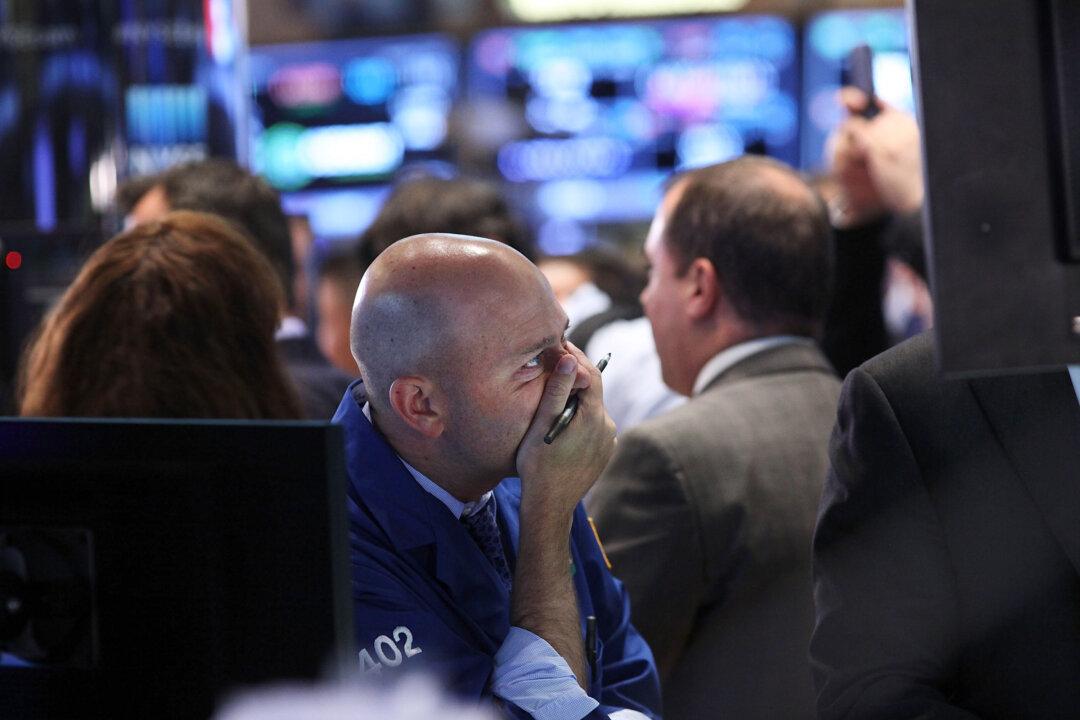Most people who wrote books about the stock market around the year 2000 titled them something like “Dow 40,000.”
Not so Yale professor Robert Shiller. He wrote a book called “Irrational Exuberance,” which came out in March of 2000, said the market was grossly overvalued and will decline and only missed the top in the Nasdaq Composite index by five days.
When asked about the current market valuation by CNBC, Shiller said the Dow Jones could drop to 11,000 and the S&P 500 to 1,300 if markets were to revert to the average of his long-term Cyclically Adjusted Price Earnings Ratio.
“The CAPE ratio is still at 25, it’s high. The ordinary price earnings ratio is misleading because earnings can drop precipitously during a recession and they are volatile from year to year,” Shiller told CNBC. The CAPE takes the 10 year rolling average of company earnings and adjusts them for producer price inflation.
The ratio reached a high of 44 in early 2000 but also marked important tops in 2007 and in the bear market of 1960.
“The market is high now. … The recent turmoil is making many people think and see whether there exposure to the market is right. Some people are surely overexposed and ought to reconsider,” said Shiller.






